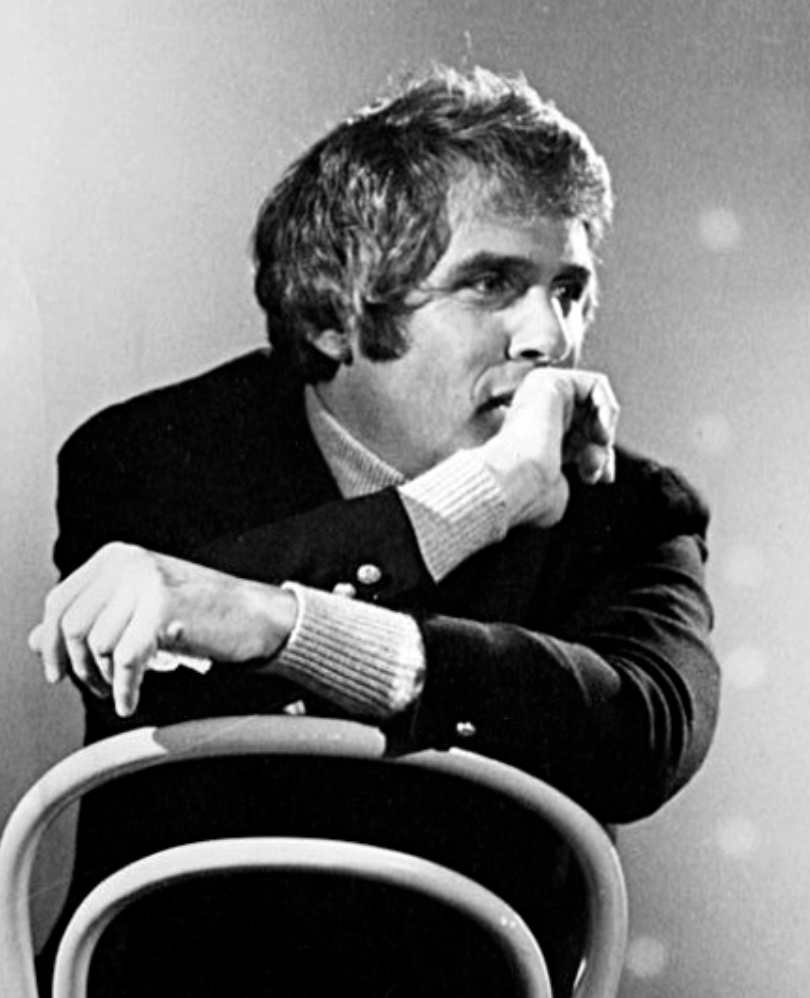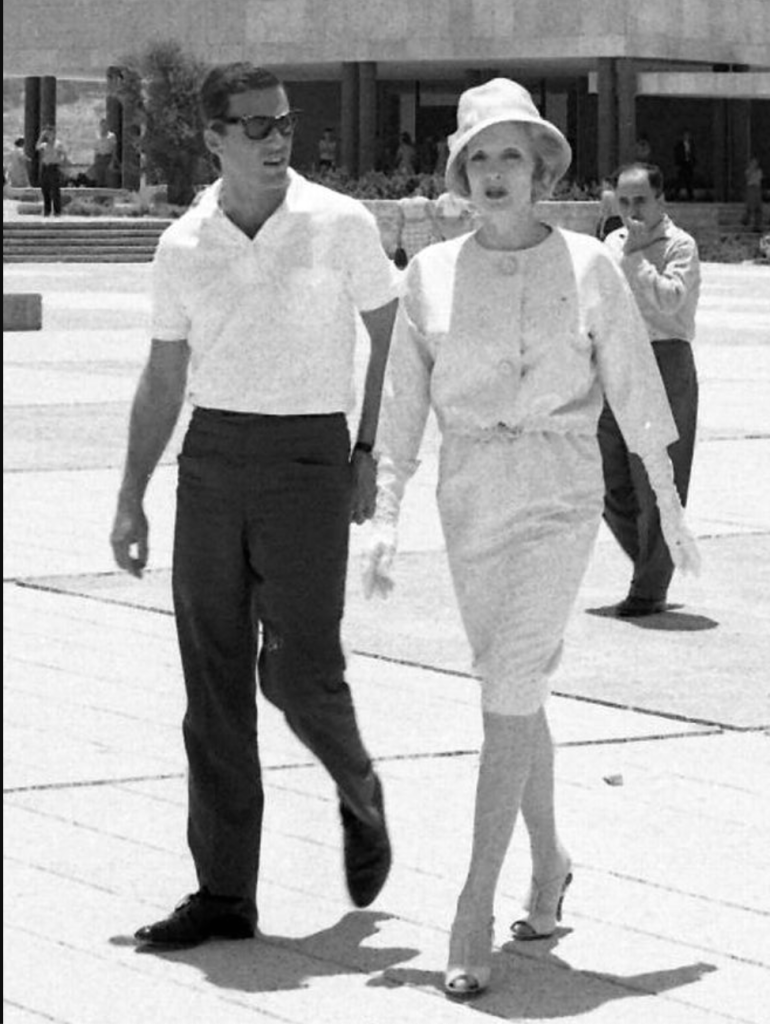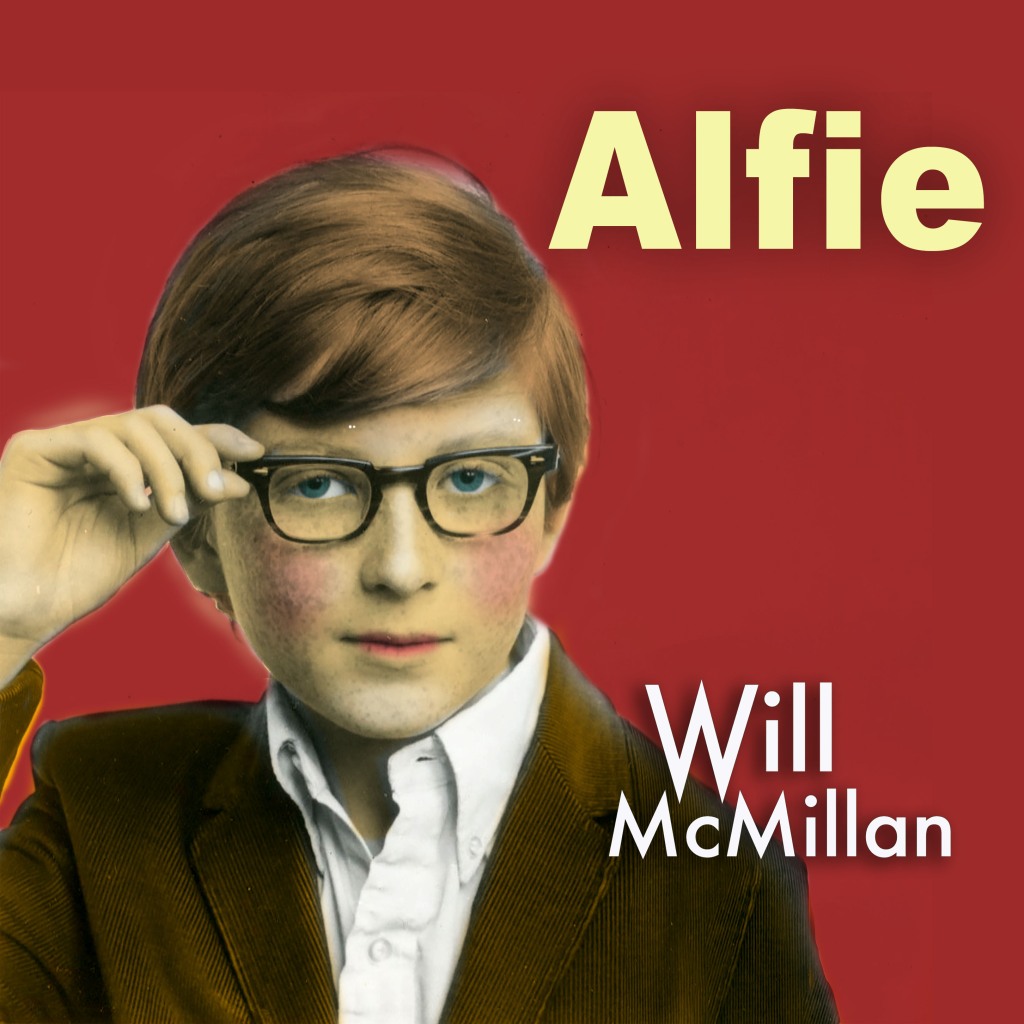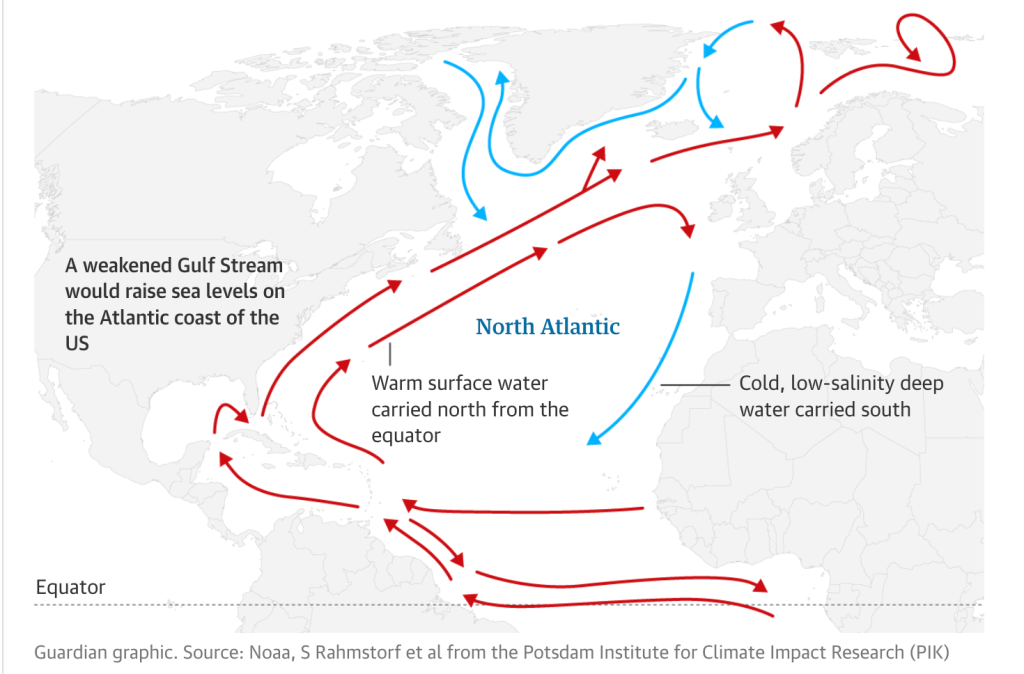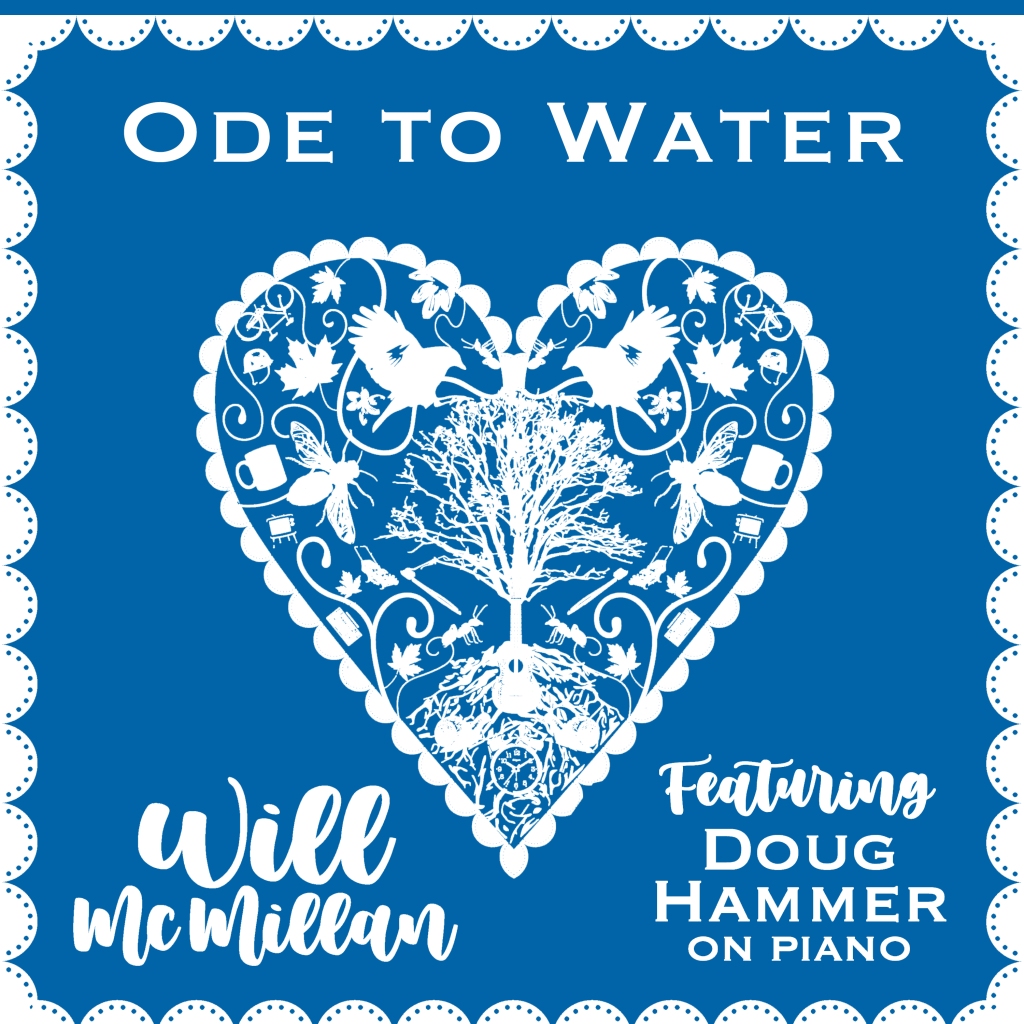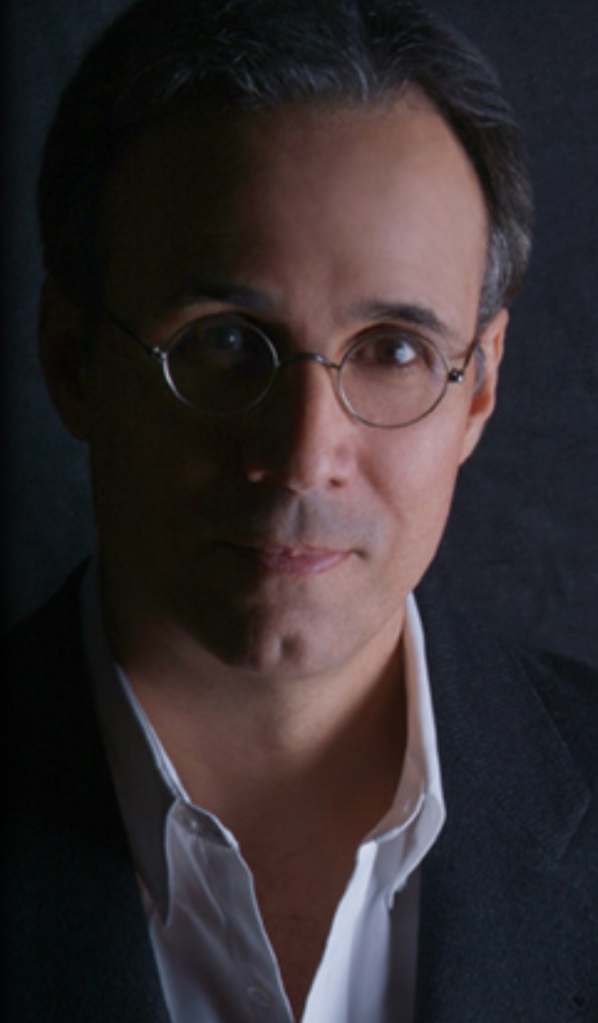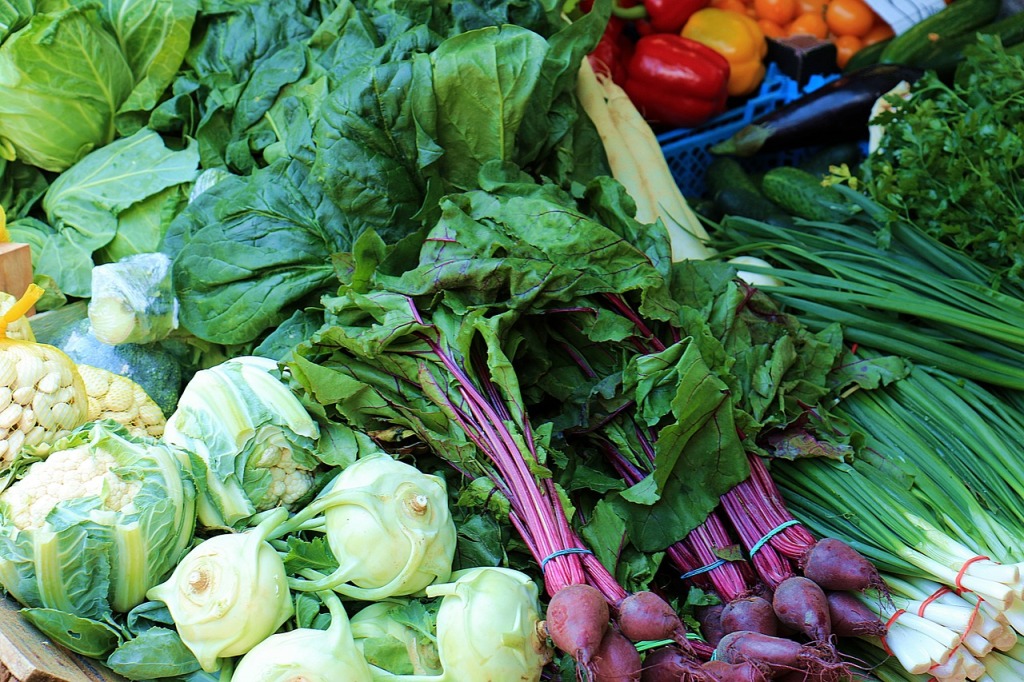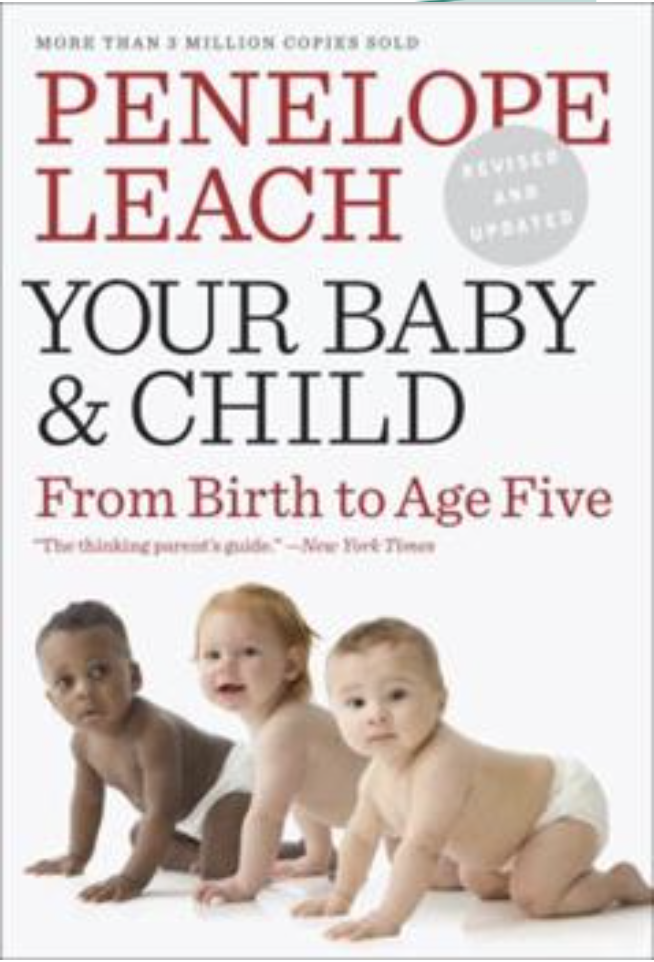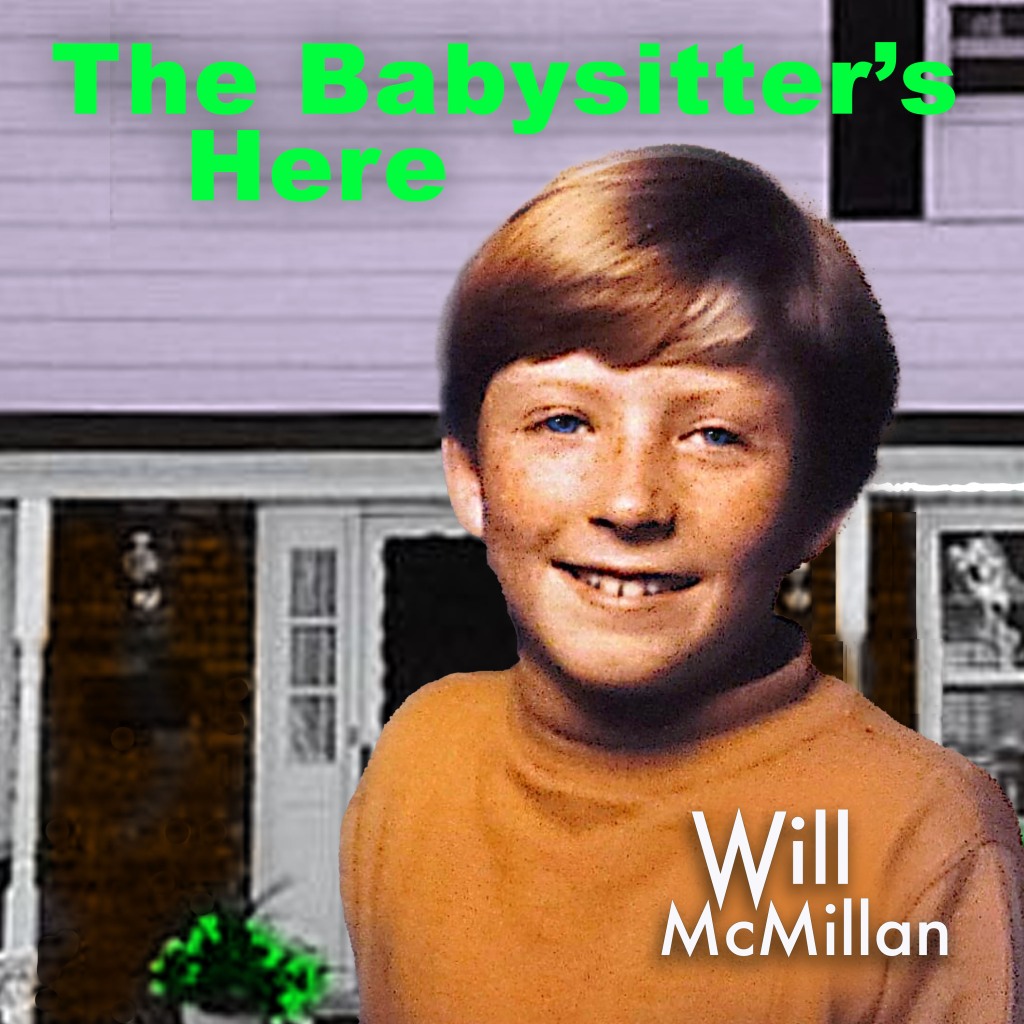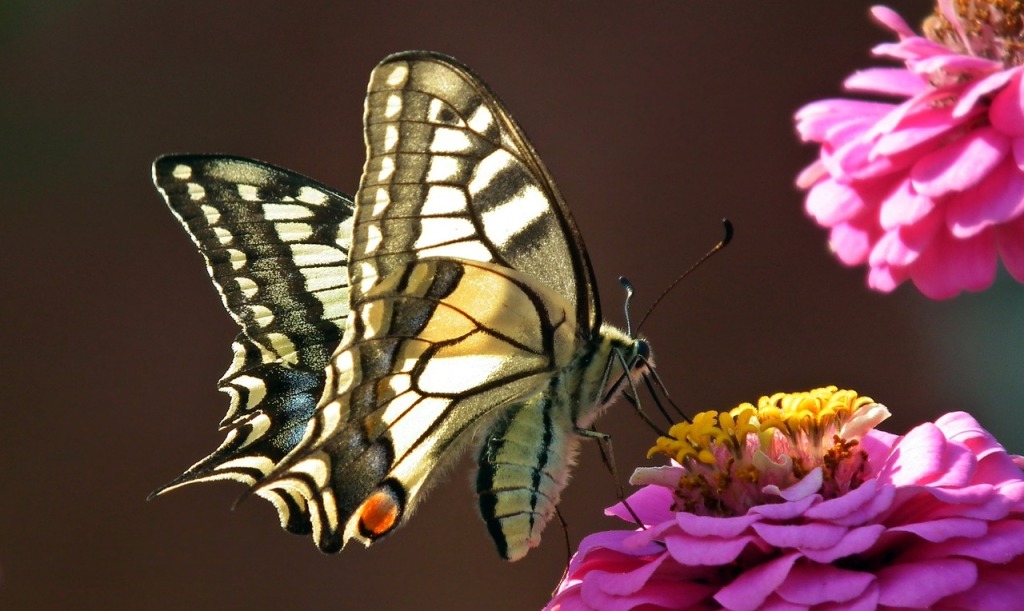I first heard this song performed twenty-plus years ago by my friend Erica Leopold .
It was written by a woman named Casey Scott, and I am guessing that Erica heard the song when it was recorded by a jazz singer named Holly Cole — although I read in Casey’s bio that she used to live in the Boston area in the 1980s…so maybe Erica heard Casey busking in Harvard Square!
I have found a lot of comfort over the years re-visiting Erica’s version of this song — which she recorded with pianist Doug Hammer and included on her debut CD.
Erica used to attend lots of music festivals and concerts in order to find great songs from all genres — folk, jazz, pop — that she could weave into her own musical performances.
I produced a couple of her performances when I oversaw events at the Cambridge Center for Adult Education in Harvard Square. I also performed with her several times in a winter holiday benefit series.
She was a generous collaborator, and she “cleaned up very nicely” when it came time to perform — wearing beautiful outfits with elegant hair and makeup.
Erica moved from the Boston area to western Massachusetts, and her singing activities slowed down as she focused on mothering a wonderful daughter who became very involved with horses.
Then (ARGH!!!!!) Erica discovered that she had brain cancer — which she fought with grace and humor for several years.
Deep breath in.
Deep breath out.
I biked to visit her when she was getting care in an excellent rehab facility in the Boston area after a big operation. I brought my ukulele and a songbook, thinking that she might like to make some music together.
But after a few songs, I realized that she just wanted to be quiet, make eye contact and hold hands.
So we did that for a while.
“Cry if you want to, I won’t tell you not to, I won’t try to cheer you up… I’ll just be here if you want me.”
Erica hung in there for a long time, with a dedicated network of friends and family visiting her on a regular basis.
She died near the end of 2022…
Here’s a link to her obituary if you are curious to learn a little more about this lovely soul.
Another deep breath in.
And deep breath out.
A few years ago I learned “Cry (If You Want to)” so that I could perform it with pianist Molly Ruggles during a UU church service in Medford, MA.
And then I recorded it with pianist Doug Hammer last year — in honor of one of my nephews, whose father had recently died.
“It’s no use in keeping a stiff upper lip, you can weep, you can sleep, you can loosen your grip. You can frown, you can drown and go down with the ship… you can cry if you want to.”
The graphic design for my recording of this song juxtaposes a photo taken by my sister Christianne of this nephew walking in a stream on their farm in upstate New York with a professional photo of me when I was about the same age as this nephew (who is covered up by my head to preserve his privacy…)
He will probably be grieving the loss of his dad — in obvious and not-so-obvious ways — for the rest of his life.
“You can stare at the ceiling and tear at your hair, swallow your feelings and stammer and swear…”
Yet another deep breath in.
And deep breath out.
I spent many hours this week putting together a Spotify playlist of songs for a baby shower in honor of my niece and her husband.
You may remember them from a blog post I shared in November 2019 about their wonderful wedding.
At the suggestion of her mother I included a lot of songs which our family used to listen to and sing when we were children and teenagers.
Some of them — such as “Stewball” by Peter, Paul & Mary, “I’m Gonna Be A Country Girl Again” by Buffy Sainte-Marie, and “Our House” by Crosby, Still, Nash & Young — moved me to tears.
Music can be a very powerful connection to past events, past loved ones, past memories.
One more deep breath in.
And deep breath out.
I wish more of us would set aside time to listen to music and have a good cry.
I have a belief that much of the dysfunctional — and at times horrifically destructive — choices that my fellow human beings make on a daily basis are due to past injuries, past humiliations and past losses which have never been properly acknowledged and grieved.
For example, here’s a blog post I wrote back in 2019 about a very damaged and damaging human beings who is still in the news these days.
When was the last time HE had a good cry?
Does anyone ever offer him an empathetic shoulder to cry on?
I am guessing, “no.”
I have long been fascinated by the way that tears come out of our eyes, which are located near the front part of our brains.
And I often wonder if crying might be part of how our brain processes/grieves/heals itself following an injury, insult or loss…
What do YOU think?
I hope that this song — which offers such a comprehensive, open-hearted, and non-judgmental invitation to cry — might touch the hearts of a few of my fellow human beings who may be feeling a bit shut down and overwhelmed by all that is happening these days here on planet earth.
One more deep breath in.
And deep breath out.
Thank you to Casey Scott for writing this song.
Thank you to the photographer who took the photo of me as a teenager — when I was still working a little bit professionally (doing voice-overs, commercials and subbing on the soap opera ANOTHER WORLD).
Thank you to my sister for taking the photo of my nephew in the glen and to Stephen Fischer for incorporating it into a graphic design for this song release.
Thank you to Doug Hammer for his sensitive piano playing and nuanced engineering/producing chops.
Thank you to the photographers at Pixabay for their beautiful images.
And thank YOU for reading and listening to another one of my blog posts.
If you like this song well enough to listen to it again, you are welcome to stream it by clicking here.
And you are always welcome to visit my musical website by clicking here.

















